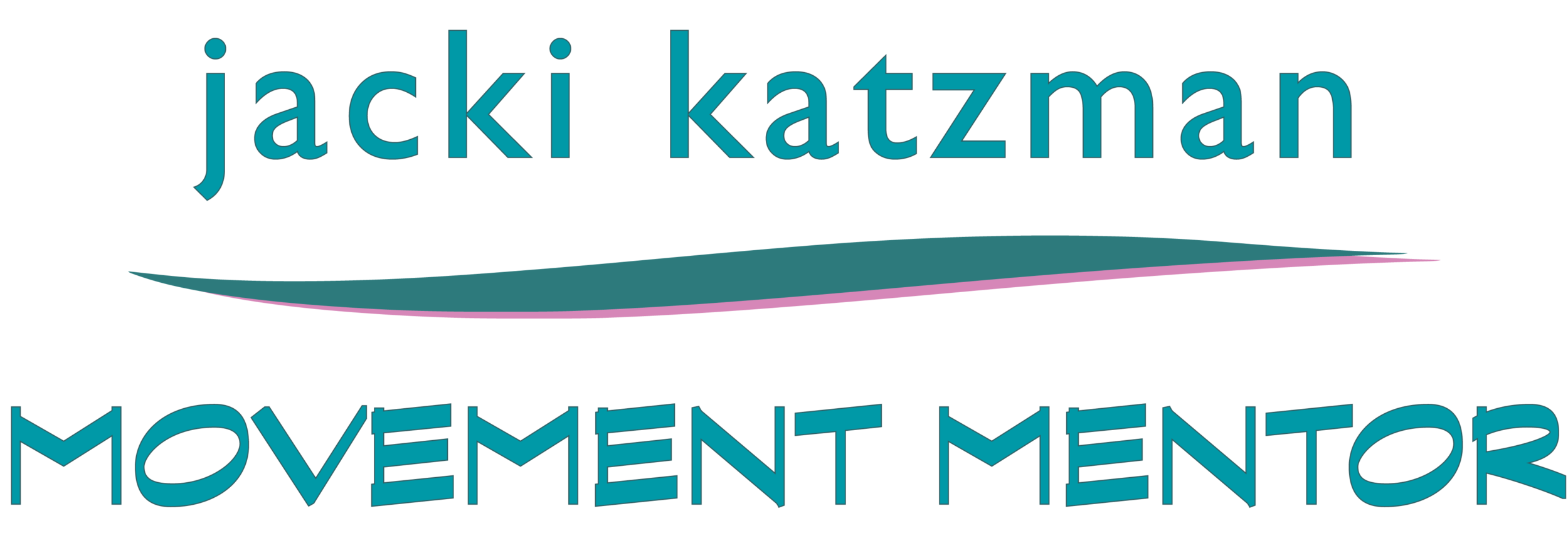Deep Turnaround
Deep Turnaround
Looking Behind with the Whole Body:
Mom drivers checking the back seat, bikers on the road, kayakers making deep turns, stick and ball athletes, desk jockeys working in cubes, equestrians, yogis who twist, people who have neck or low back pain when they turn
This week we look back from a new place. We explore a whole torso way to turn without stressing the neck or low back.
Dr. Feldenkrais said if you only know one way to do a thing, its a compulsion. If you have two ways, you have a dilemma. But if you have three ways to approach a thing, you have a choice. This lesson is about giving yourself a choice of ways to look behind.
Side bending, bringing the ribs together on one side while expanding those on the other side, takes advantage of the nearly 140 joints in the chest. This lesson is an introduction to all that flexibility to those who experience their ribs as a block, and a deeper dive for people who use their ribs to reach, bend and extend.
This lesson calls for a firm-seated chair. We begin with the familiar rocking pelvis. Feeling the weight of the forearm resting just above the knee, we begin to connect the shoulders and hips to the ground, experiencing how the support of the floor comes all the way up the spine to the head.
We then add "fanning" the ribs and swiveling around one sit bone to discover a newly obvious way to turn the torso. The head comes along for the ride, no neck strain involved. Engaging the eyes adds extra oomph to the gesture.
Distracted Zoom-er Moment: Simple Side Bend Loosens Neck and Shoulders
LESSON SNIPPET:
Staring at the screen, maybe craning your neck and squinting. This quick movement can help release your neck and shoulders. A side benefit - the eyes often soften when the neck lets go. And you might find yourself breathing more deeply.
Sit comfortably on a firm chair, with your thighs level with the ground.
Place one hand on top of your head with your elbow pointing to the side. Let the weight of your hand guide the same side ear to its same side shoulder.
As you exhale, shift your weight to the opposite sit bone.
Let the "up" elbow drop (in line with the shoulder)
Let the ribs on the 'elbow' side come together. Notice what happens to the ribs on the other side
Come back to center - keep your nose pointed forward
Let your upper body be soft to follow the flow. Go back and forth dropping the elbow and returning to center. Can you find more smoothness and grace?
Repeat the movement starting from opening/closing the ribs.
Repeat starting with an exhale and notice how you come to side bending.
Repeat looking up with your eyes as you drop your ear and shift weight
Change sides, try it again, notice the side-to-side differences.

